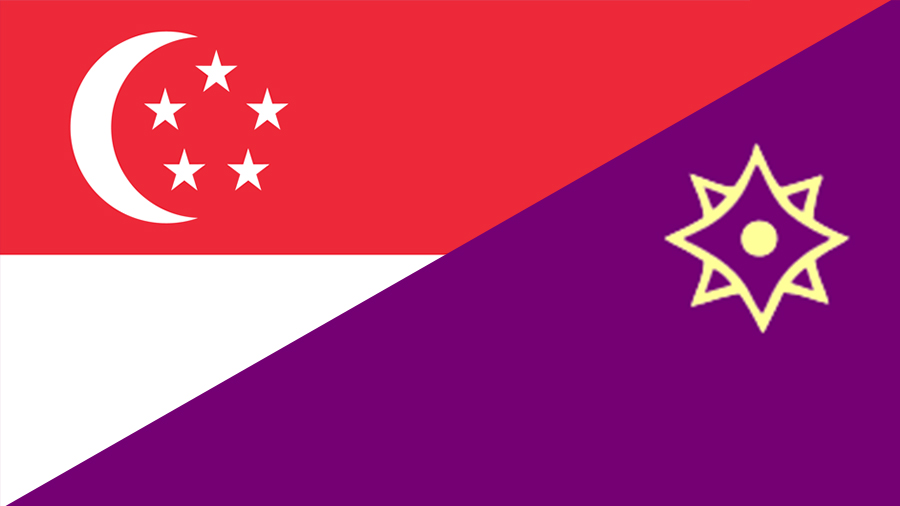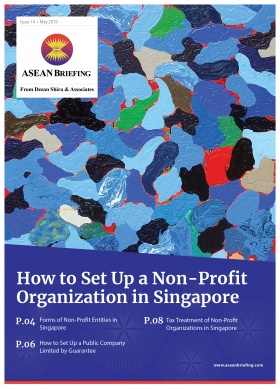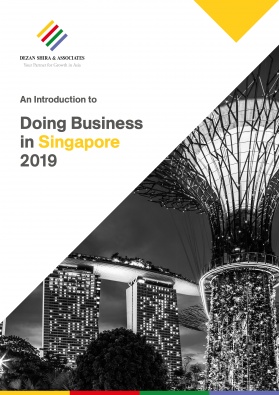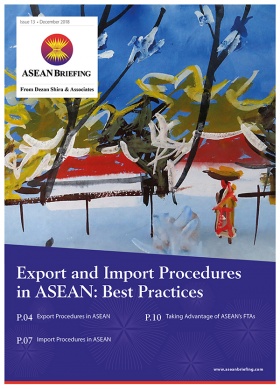Opportunities for Singaporean Businesses in Eurasian Economic Union
FTA Relaxes Tariffs On 90% Of Singaporean Exports
Op/Ed by Chris Devonshire-Ellis
Trade opportunities are increasing for Singaporean businesses in light of the recently signed Free Trade Agreement between the country and the Eurasian Economic Union (EAEU). The EAEU is a free trade bloc, not entirely different from ASEAN, that includes Armenia, Belarus, Kazakhstan, Kyrgyzstan and Russia. Geographically, it sits in the space between the European Union and China and has a GDP of US$5 trillion and a population of 183 million.
The Singapore-EAEU FTA reduces or eliminates tariffs on 90 percent of products Singapore now exports to EAEU markets. These include mineral fuels, oils and their distillates, prepared foodstuffs, machinery, chemical and pharmaceutical products and precision instruments.
An additional, Non-Services and Investment Agreement covers market access for trade in goods via reduction of tariff and non-tariff barriers, as well as other areas that facilitate trade such as competition, customs cooperation, e-commerce, environment, government procurement and intellectual property. Singapore has also signed a Services and Investment Agreement with Armenia.Similar deals are being negotiated with the other four EAEU members include:
The Singapore-EAEU FTA will also facilitate business operations through enhanced transparency and institutional linkages.
For instance, Singapore and the EAEU will undertake regulatory cooperation in areas such as the protection of investments and intellectual property, promotion of electronic commerce, streamlining of customs processes, and closer collaboration on competition enforcement and trade facilitation. These will strengthen trade and investment between Singapore and the EAEU, enhance business networks, and lower business costs.
Singapore’s Senior Minister of State for Trade and Industry Koh Poh Koon, who was involved in the talks with the EAEU and its member states, said building rapport with key stakeholders in the five countries and getting them aligned to the FTA’s benefits were key to the process.
In 2016, before negotiations began, Dr Koh visited each country to understand their different priorities, and in that same year, a joint feasibility study was launched to show the benefits of the FTA.
Dr Koh said creativity and flexibility were also required in how the FTA was structured to match how the EAEU functions. This is because the European Economic Community (EEC) can only negotiate for goods while authority for the services and investment segments resides with the individual member states, he added.
The FTA is the EAEU’s first comprehensive free trade deal.
Singaporean businesses looking to research EAEU markets may contact Dezan Shira & Associates Singapore office at singapore@dezshira.com and write to Maria Kotova.
About Us
ASEAN Briefing is produced by Dezan Shira & Associates. The firm assists foreign investors throughout Asia and maintains offices throughout ASEAN, including in Singapore, Hanoi, Ho Chi Minh City and Jakarta. Please contact us at asia@dezshira.com or visit our website at www.dezshira.com.
- Previous Article A New Perspective: How do ASEAN Economies Stand Against China’s Regions?
- Next Article Philippines and China Sign Six Agreements








